Affiliate links on Android Authority may earn us a commission. Learn more.
Switching over to an IP camera was the best home security decision I made
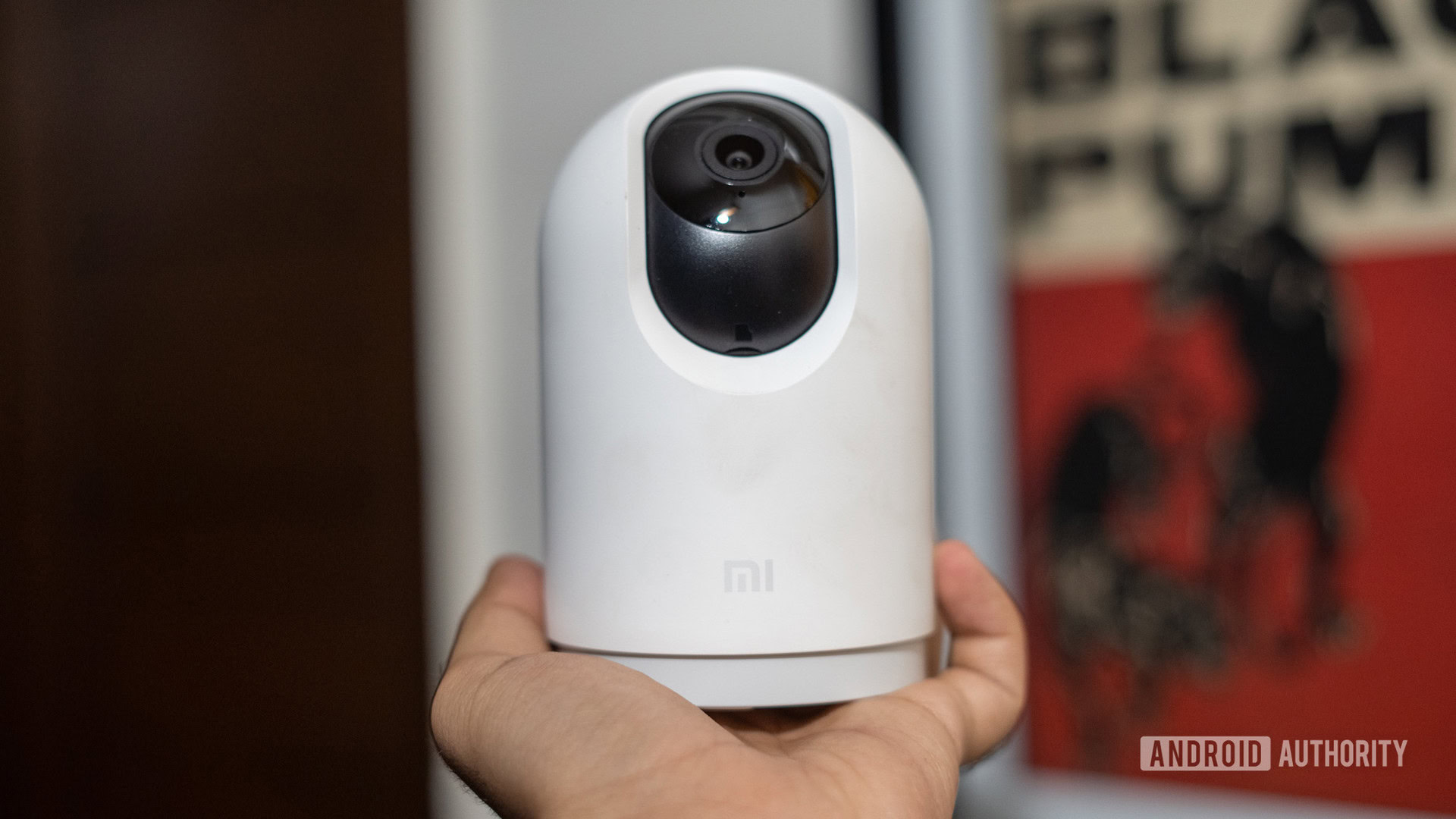
Connected security systems have long been considered one of the key pillars of a modern smart home. Smart wireless security cameras generally offer a fuss-free approach to setup and everyday use. Plug in a power cable, select the camera in an app, or scan a QR code, and you’re ready to go.
Read more: The best smart security cameras you can buy
However, there’s a dark side to that convenience. Cloud-connected cameras come with a range of caveats, the least of which is the reliance on third-party servers for all your private data and personal footage. Your security camera footage is only as good as what you can do with it, and smart camera manufacturers make it astonishingly hard to wrangle that data from their control.
Having dabbled in some of the best cloud-connected security cameras, I recently decided to redo my home security system and moved to a completely self-owned, offline IP camera solution. In hindsight, it was the best decision I made for my home security system. Here are a few reasons why.
What kind of security cameras do you use?
Practical advantages
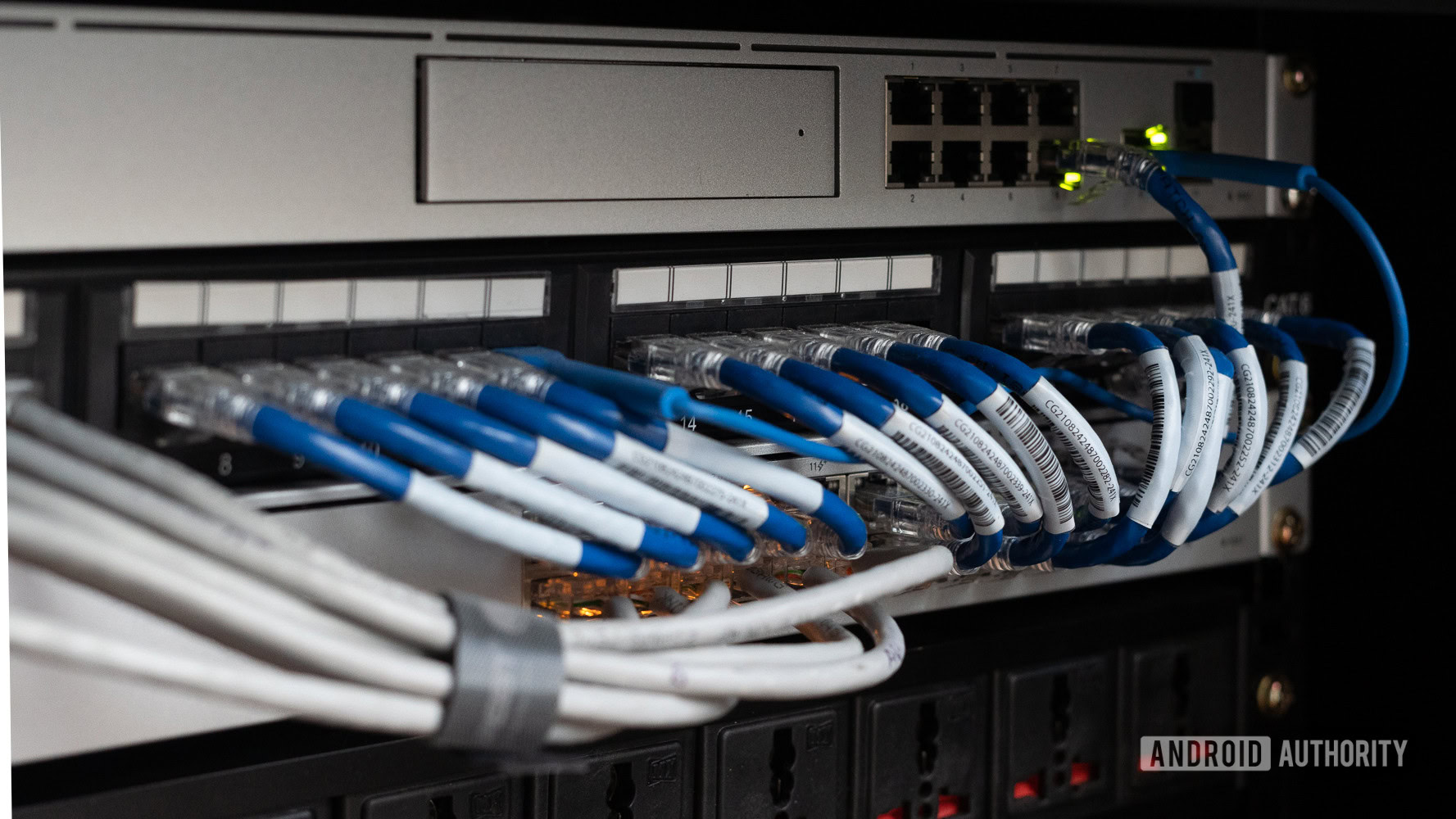
When settling on an IP-based camera system, I had three non-negotiables in mind — power and internet outage resilience, privacy, and flexibility. My system of choice employs a trio of Ubiquiti security cameras that feed 24-hour security footage to my Synology NAS drive without dependence on remote servers.
Internet outage resilience, privacy and flexibility — IP cameras have it all.
My first hurdle was access to power. Previously, I’d run up a series of extension boards to power up my security cameras. However, that was both a fire hazard and an ugly solution. Since IP-based cameras can usually be powered over PoE or Power over Ethernet, that’s what I opted for. I wired up a series of CAT6 ethernet cables across the length and breadth of my apartment to power up my cameras.
Using a single cable for running data and power reduces points of failure and gives me more wiring flexibility. Moreover, it gives me a more stable connection between the camera and my recorder and clears up congestion on the Wi-Fi network. Win-win! I’ve since added a redundant power supply to my network switch, ensuring that the cameras keep running even during a power outage.
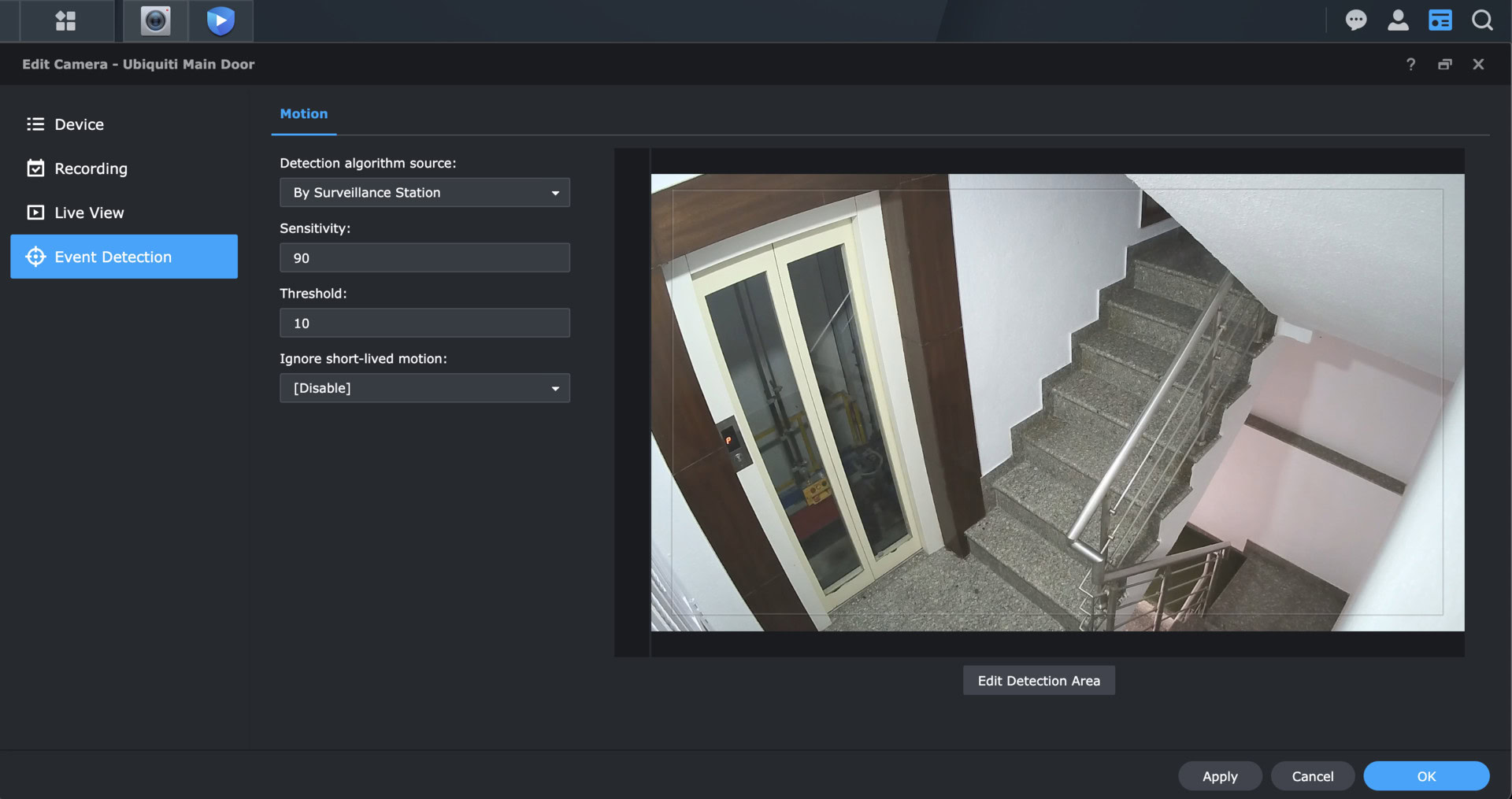
Most IP cameras broadcast using either the ONVIF or RTSP formats. That opens up several opportunities for managing your data. I’m using Synology’s Surveillance Station security package to parse the incoming camera feeds and beam over notifications. While persistent internet access is a given these days, it shouldn’t be taken for granted when picking out a home security solution. All it takes is an internet outage, poor wireless access, server downtime, or a pesky burglar sniping your internet line to stop your cloud-first security system. IP cameras avoid all of that.
Cloud-connected security cameras are bound to stable internet connections and subscription plans for capturing critical footage.
Another major reason for switching to an IP-based system was the ability, or rather, inability to access all my security footage. Unless you splurge on premium storage plans, most cloud-connected cameras record video only once motion detection is triggered. Ring’s camera offerings won’t even let you save your own footage unless you pony up for a paid subscription plan on top of the hardware that you’ve already purchased.
Additionally, there is usually some latency between the motion detection picking up the subject and the recording getting triggered. This can result in missing out on crucial footage. Offline cameras circumvent that by recording every single moment — all day, every day, as long as you throw adequate storage at them. My Ubiquiti-based IP camera setup has a two-terabyte hard drive installed in it that can comfortably record two weeks of 24-hour footage from my three security cameras. Need higher retention? Simply swap out the hard drive for a larger one.
IP-based cameras can keep recording all day, every day without gobbling up gigabytes from your internet plan.
Moreover, uploading real-time footage from multiple cameras can quickly gobble up gigabytes of data which might not be an option if you have a fixed data cap on your internet line. Since IP-based cameras work locally, there is no limit to how much footage you can store.
Security
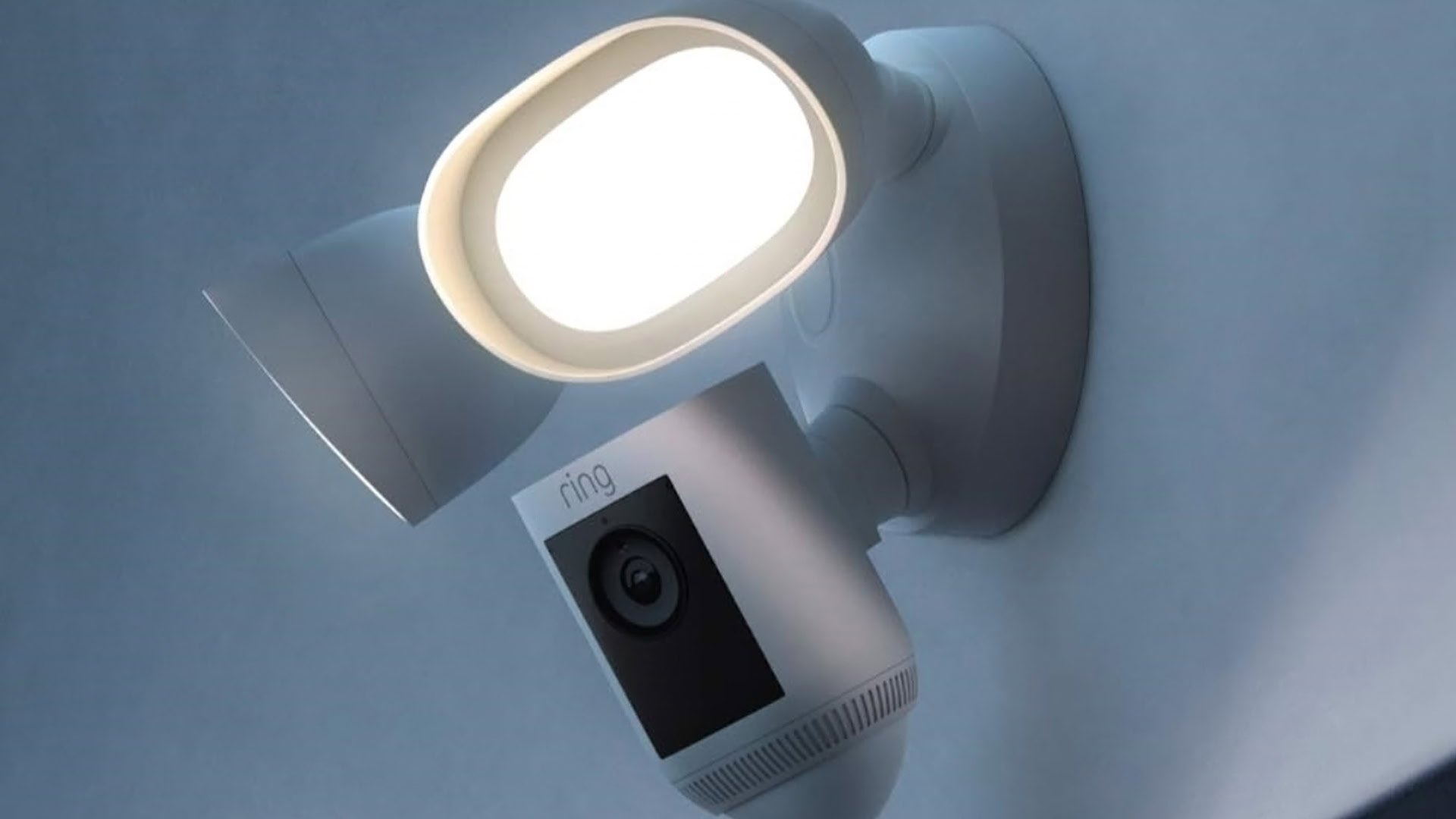
Depending on which way you lean with your security camera brand loyalties, there’s an inherent risk that comes with trusting a private company with your personal data. Chinese cameras are known to leak telemetry data to offshore servers. Meanwhile, using Nest means trusting Google with even more information about your comings and goings. Personally, I’m all about reducing my digital footprint.
You decide who has access to the fully encrypted surveillance footage.
A locally connected camera skips over cloud servers altogether by beaming security footage straight to a network video recorder. If you, like me, prefer something a bit more flexible, you can even use a NAS drive like a Synology as a network video recorder. The latter is my preferred solution, and it’s been a lifesaver for me via its ability to upload encrypted footage to practically any cloud service as a backup. Coupled with Synology’s security app, I can easily tap into my NAS to review footage remotely.
Upgradeability
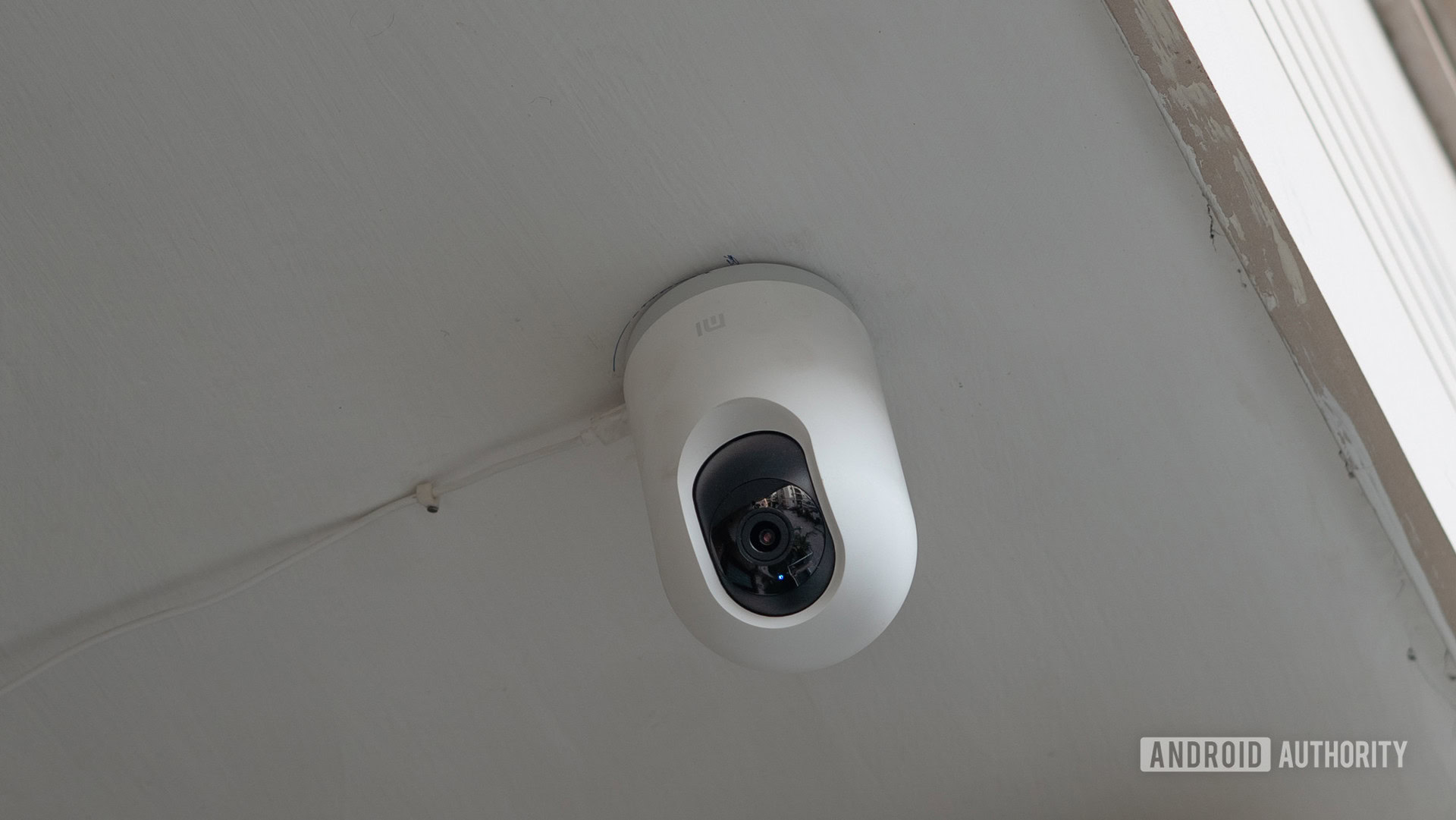
An underrated benefit of building your own security system is the ability to cross-shop security cameras and associated equipment. Cloud-connected cameras are usually a closed ecosystem where it is impossible to swap out the camera for a third-party alternative.
IP-based cameras let you cross-shop between brands, and models.
On the other hand, IP cameras operate on standardized protocols like ONVIF or RTSP streams. Prefer an outdoor camera with a wider field of view? Just swap it in and configure your recording software to tap into the feed. Reolink, Amcrest, and Hikvision are just some of the brands offering IP-based cameras in various configurations. The freedom of being able to select, change or upgrade individual cameras is refreshing in an increasingly closed-up tech landscape.
IP cameras aren’t without their own issues
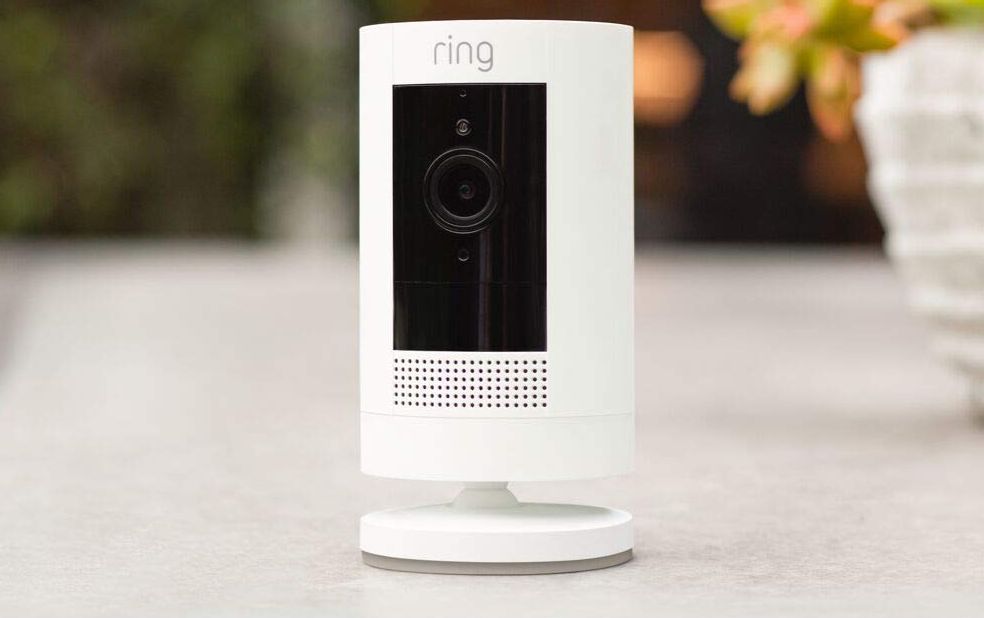
For all the benefits of a locally hosted security camera system, there are a few pitfalls too. Ease of use is, perhaps, the biggest one. Setting up an IP camera system and a local recording solution doesn’t require an engineering degree. Still, the setup process can be much more involved than alternatives by Ring or Nest.
Consumer-grade security cameras can usually be set up in a matter of minutes by adding the camera to the app. An IP-based camera, on the other hand, requires figuring out the cabling, IP addresses, and a more granular software setup. It’s not complicated but can take half an hour or more if you’re not particularly technically inclined.
The initial outlay for an IP camera can be higher, and the system rarely supports premium addons like real-time monitoring.
Additionally, the initial outlay for an IP-based security system tends to be higher. Nest or Ring’s camera options start at about $99 and work as a fully self-integrated system; that’s not the case with IP cameras. While the cameras themselves are usually more affordable and often start at around $50 for comparable models, you still need to factor in the cost of wiring and a network video recorder. Depending on your choice of product and capabilities, the latter can add another $150 or more to the cost. Some of the best NAS drives can drive up costs significantly higher. That said, even if you’ve got three or more IP cameras in your setup, the costs tend to even out.
Some networking solutions, such as the Unifi Dream Machine by Ubiquiti, let you record directly to your router. Still, those tend to be more enterprise-oriented solutions and might be overkill for your home IP camera system.
Finally, some cloud-connected security cameras offer real-time monitoring services. By its very nature, an IP-based camera can’t offer that unless you opt for a system operated by a dedicated surveillance company.
IP cameras are the way to go if your requirements are a bit more involved

I’ve been using an IP-based security camera for over six months now, and the experience has me convinced that this is the way to go if your requirements step beyond basic monitoring. The initial costs associated with setting up the system can easily be justified once you factor in the recurring cost of premium security plans, especially if you’ve got more than a few cameras in your security setup.
A security system needs to have your back when things go south.
But it was the overall flexibility, data ownership, and convenience of access that pushed me to make the jump. Compared to my older Xiaomi or Nest cameras, the IP cameras have been more reliable, offered better video scrubbing and retention and rock-solid notifications. A security system runs on the premise of having your back when you need it, and I just can’t see myself returning to a cloud-connected camera anytime soon.